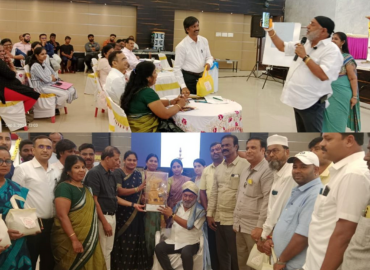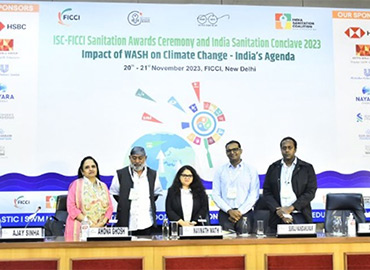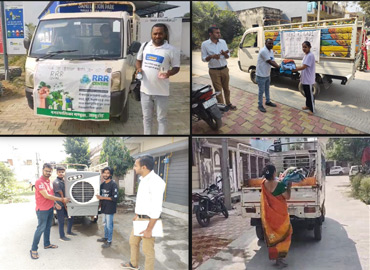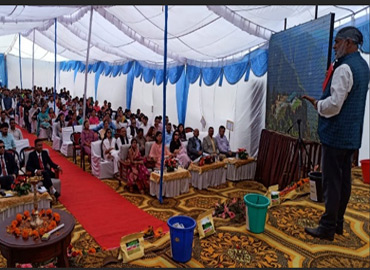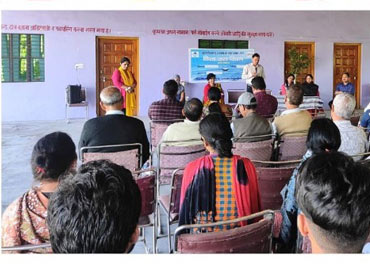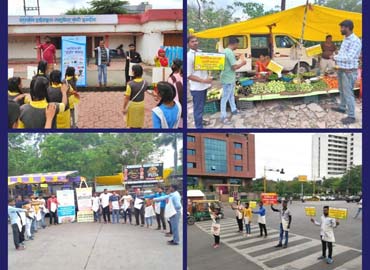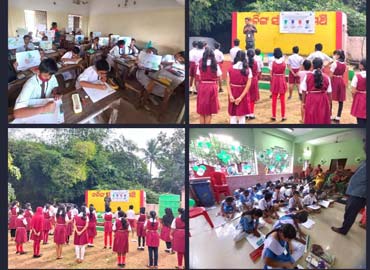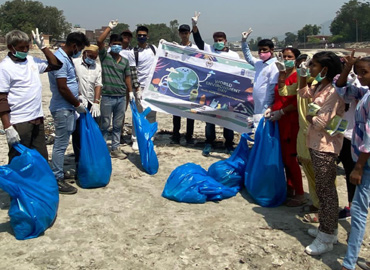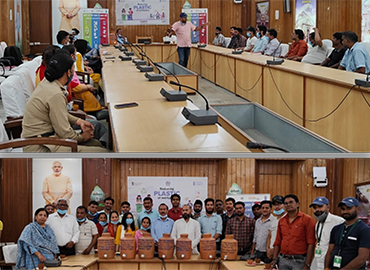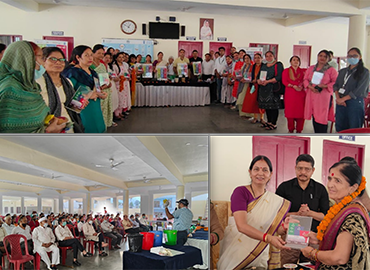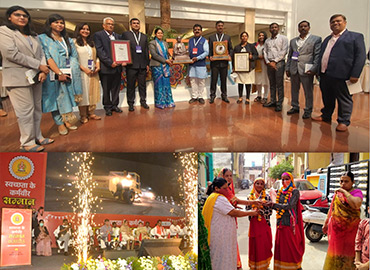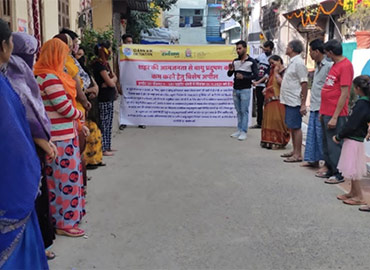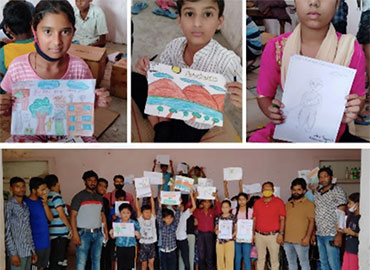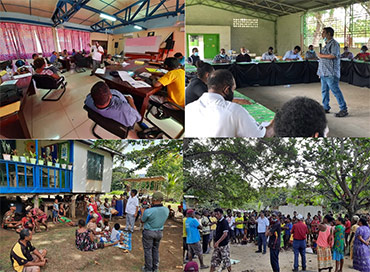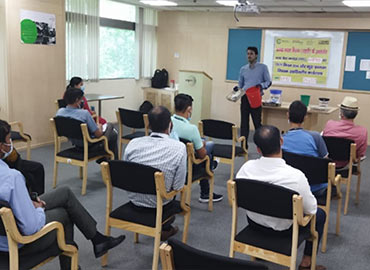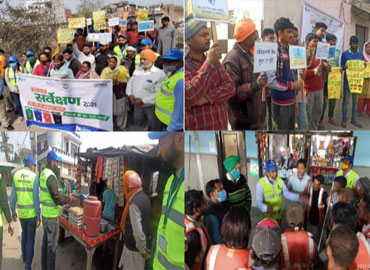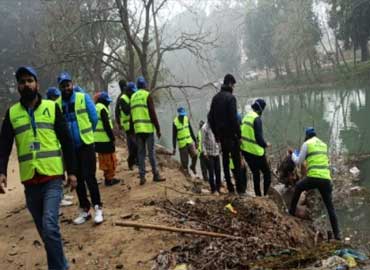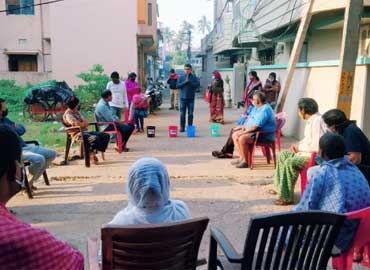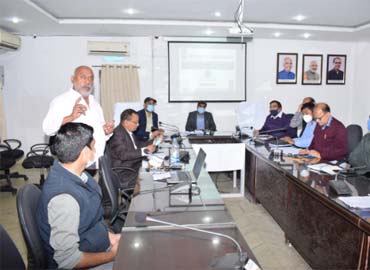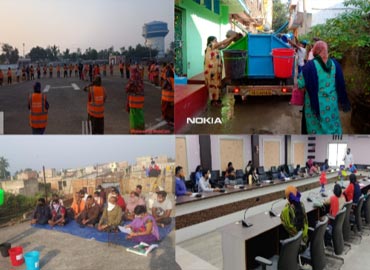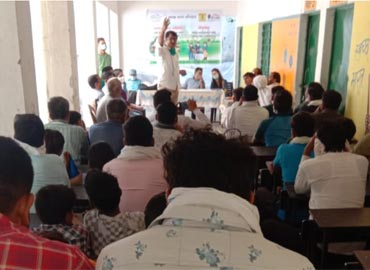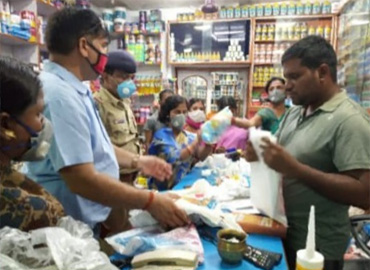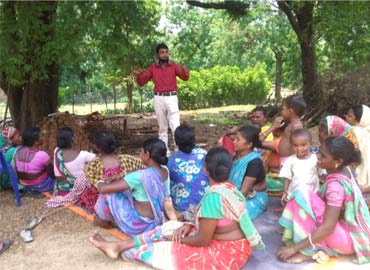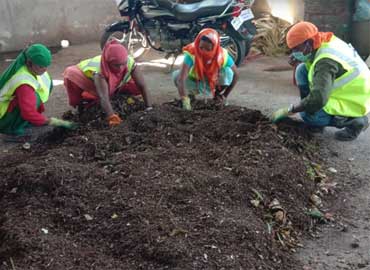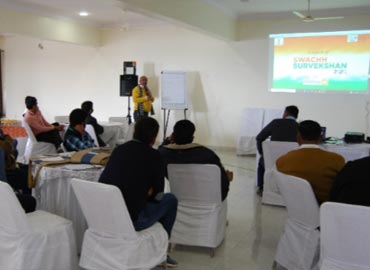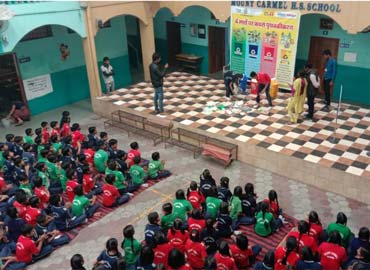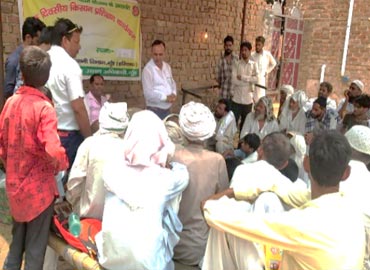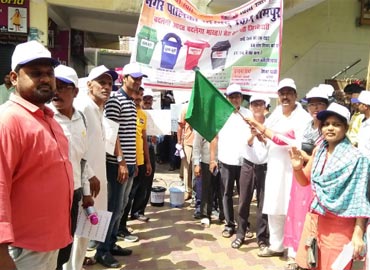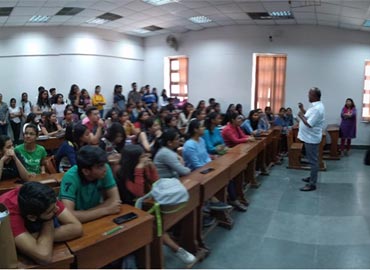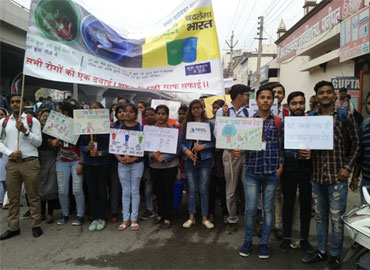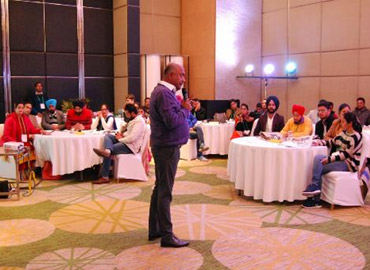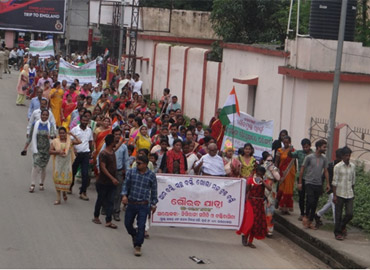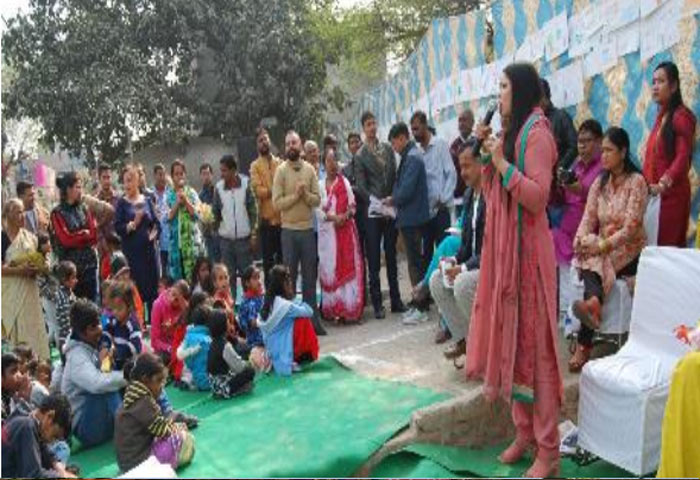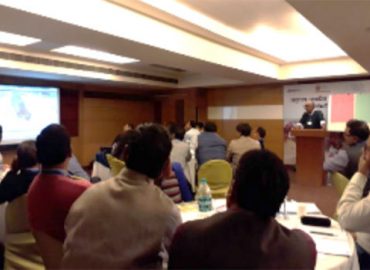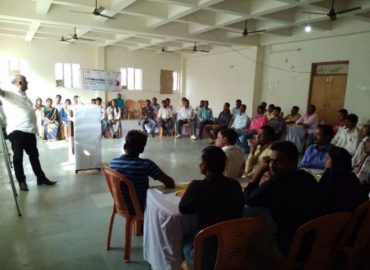
One of the most critical steps to achieve total rural sanitation in India is to eliminate open defecation. Open defecation in rural India remains a problem that perplexes policy-makers and the civil society alike. When compared to the rest of the world, India has the largest number of people who practice open defecation. It also has the highest mortality rate among children under five years of age, due to the lack of access to basic sanitation. Therefore, deeper motivational barriers need to be explored and addressed to ensure improved sanitation and hygiene in the rural sector.
While access to toilets is by itself an important aspect that needs to be understood but it is not enough to attain the goal of total sanitation. In fact, India’s rural sanitation scheme which was devised in 1986, then restructured in 2012 as the Nirmal Bharat Abhiyan, and now called Swachh Bharat Mission (Gramin) acknowledges this.
The Government of India introduced a structured scheme in the form of Central Rural Sanitation Program (CRSP) in 1986 primarily with the objective of providing access to sanitation for all. In 1999, a ‘demand-driven’ approach under Total Sanitation Campaign (TSC) began that emphasized Information, Education and Communication (IEC), Human Resource Development (HRD) and Capacity Development activities to increase awareness among rural Indians and urge demand for sanitation facilities. The Nirmal Bharat Abhiyan (NBA), the successor program of TSC, was launched in 2012 and aimed at creating Nirmal villages. Though these programs had their successes, there still remained a large proportion of the rural population that did not have access to toilets. The Swachh Bharat Mission (Gramin) was launched on 2 Oct, 2014 with a vision to provide access to safe and adequate drinking water and improved sanitation for the rural India. It aims at attaining a 100% Open Defecation Free India by 2019.


RURAL SANITATION
Follow Us At
Feedback Foundation Events



